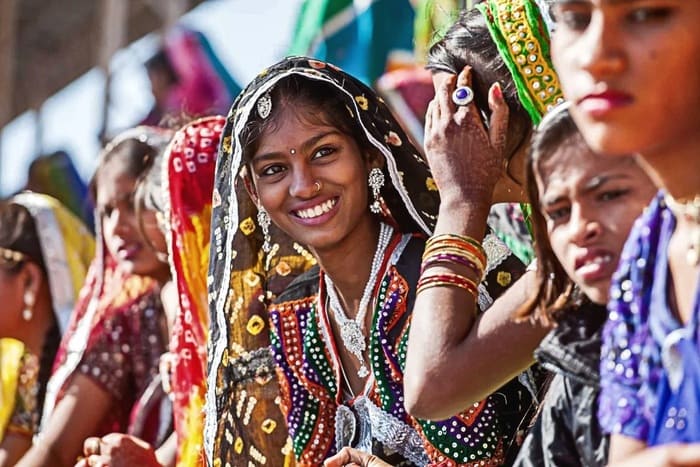
India overtakes China to become the Most Populous Country
With 1.4286 billion or 142 crore 86 lakh people, India has crossed China in terms of most populated country in the World.
Earlier China was the most populous nation but now India has taken the lead and now suppressed that by 30 lakh more people than China.
This is the first time that India has topped the UN list of most populous countries since it started collecting population data in 1950.
China at Demographic Decline
With a population of 142.57 crore, China is facing an emerging demographic decline as birth rates dropped and its major workforce is ageing.
Resulting, in China several regions have announced plans to boost birth rates — but efforts are not able to revive the birth rates to boost the population.
Though, India has no recent official data on the population as it has not conducted a census since 2011. While India’s census calculation is due to be held in 2021 but was delayed due to the coronavirus pandemic that started in 2019.
What is India’s Population Distribution?
As per the UN data around 1/4th of India’s population is under the age of 14, 68% of the population is in the 15 to 64 age group, while 7% is above the age of 65, making India one of the youngest countries in the world.

As per the various agencies estimated India’s population is expected to keep rising for nearly three decades before it peaks at 165 crore and then would start declining.
However, the fertility rate in India has been steadily dropping. The National Family Health 5 Survey (2019-21) found that India attained a Total Fertility Rate of 2.0 for the first time, less than the replacement level of 2.1, falling from 2.2 in NFHS 4 (2015-16).
Also Read: Globally Every 6th Person is affected by Infertility, WHO Says
India at Replacement Fertility Rate
“India’s growth rate stood at 2.3 per cent in 1972, which has dropped to less than 1 per cent now. In this period, the number of children each Indian woman has during her lifetime has come down from about 5.4 to less than 2.1 now.
This means that we have attained the Replacement Fertility Rate, at which a population exactly replaces itself from one generation to the next.
This shows that usage of modern contraceptives is rising across the country,’’ Executive Director of the Population Foundation of India, Poonam Muttreja, said.
Life expectancy for men in India is the same as the global life expectancy of 71 years, while it is marginally lower for women at 74 years.
Is Large Population Good for India or Not?
As per the experts, having a large population could be a great opportunity for India’s “demographic dividend”.
This means, with 68% of the youth or working population, India could have one of the largest workforces in the world, giving it a global advantage.
While the population in many countries, like Japan and South Korea, are on the decline. A declining fertility rate, and women not having children, are accompanied by an ageing population, and one that is out of the workforce.
This is a golden time for India now needs to capitalize on to shoot its economic growth further, by educating and skilling its youth and providing this skilled labour to countries that will be game-changing populations in the near future.
What UN Report Says on Global Population?
The new UN report also estimated that the global population will have hit 8.045 billion by mid-2023.
And UN also mentioned in a report published last July forecasting “How the world’s population will develop between now and 2100“. Other countries, mostly in Europe and Asia, can expect a demographic slump over the coming decades
Other countries, mostly in Europe and Asia, can expect a demographic slump over the coming decades, according to other UN figures published last July which forecast how the world’s population will develop between now and 2100.
The other prospect is a rapidly greying population with a decreasing younger and more productive population. WHO warns between 2015 and 2050, the world’s population over 60 years will increase by almost twofold — from 12% to 22%.
India still has a relatively low dependency ratio (48.1%), which indicates the percentage of the population below 15 years and above 65 years.
While on the other hand, Japan with a larger proportion of the ageing population has a dependency ratio of 71%.


